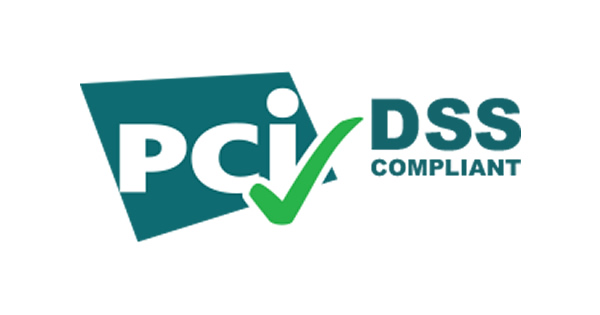When it comes to ensuring the safety of cardholder data, the process of assessment and remediation has to be a continuous process. Security exploits are not stopping any time soon, and are actually getting stronger every day. Hence, all PCI-DSS compliance efforts which translate to the successful completion of a system scan and/or PCI-DSS assessment are but a snapshot in time. The impression that your organization is secure and compliant after that process is true, but only for an instant. However, do not fret as this is one of the most common notions that concern PCI compliance.
With that in mind, you should note that establishing compliance via a system assessment or scan is not really the most pressing issues that need to be taken care of. However, this is where many organizations, especially SMEs, place their focus. Instead, the true matter at hand is to constantly stay compliant. Unfortunately, many small- to medium-sized businesses make the mistake of shying away from this much more comprehensive, demanding state.
This happens because uninformed business owners have the impression that the process will entail high costs and an overly demanding process. If these business owners can get over their fears and start staying compliant, you may soon see a significant reduction in security breaches. Let’s proceed to see what remaining compliant really involves.
Understanding what PCI-DSS is
The first step to understanding the laws of PCI-DSS is not too difficult. Actually taking the time to read the PCI-DSS does help, as it is always better to be well-informed. Experts in the industry also recommend that you start with performing background checks on employees, determine how you characterize data, determine how you handle data, etc. If you are planning to do your own assessments, do remember to look at your software development lifecycle, security scan processes, anti-virus logs, servers, current encryption levels (what is being encrypted for storage and transmission), and external environmental problems.
Another important aspect to note while maintaining compliance is continuity. This simply means you should not stop looking, and actually make it a regular and frequent practice. Many companies, which may even be from the same industry, fall into the trap of not keeping up with changes. Do your very best to avoid being one of them. Also, if you can’t fully comprehend the concept and process of maintaining compliance, you can always consult a merchant service provider that specializes in the provision of PCI compliant processing services.
How to stay compliant with PCI-DSS
For starters, you should consider building compliance practices into daily operations, say risk management and compliance specialists around the world. A good measure is to spend one full day each week to handle PCI-related matters, or at least 20 percent of overall management time. Now let’s talk about operations.
If you run a business that processes payments online, and you feel that credit card data is being handled exactly according to the PCI-DSS requirements, you should also note that it may have never been transmitted nor stored in the clear. Also, if you take payments over the phone, or through faxed credit card numbers, security breaches are bound to happen. In this case, it is not a matter of IF they will happen, but WHEN they will happen. If this is happening, your revised approach to compliance should be ensuring that no credit card numbers were ever received or transmitted in the clear.
It is pertinent for organizations to examine every aspect of its operations if handling credit card data is a daily affair. However seemingly unimportant it may be, the entire organization could be susceptible to a breach if it does not adhere to a robust-enough security practice.
